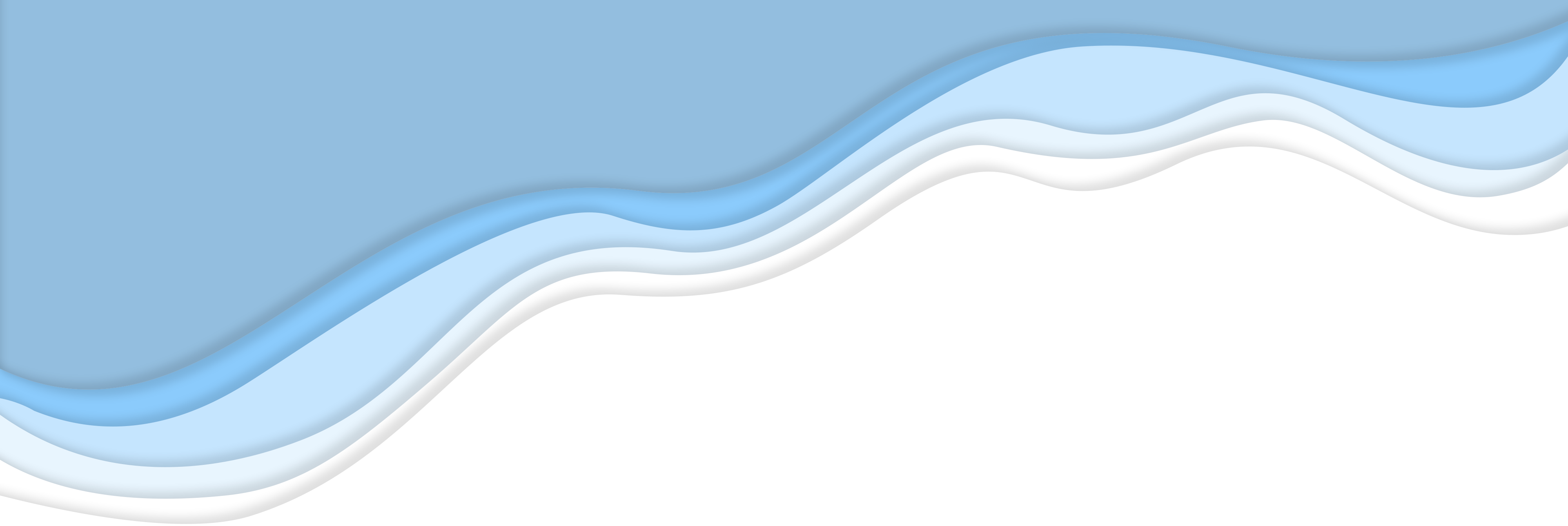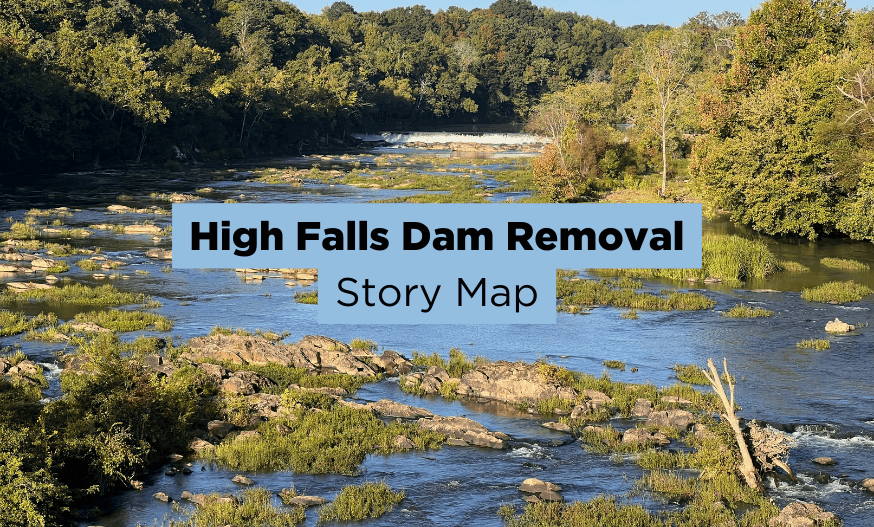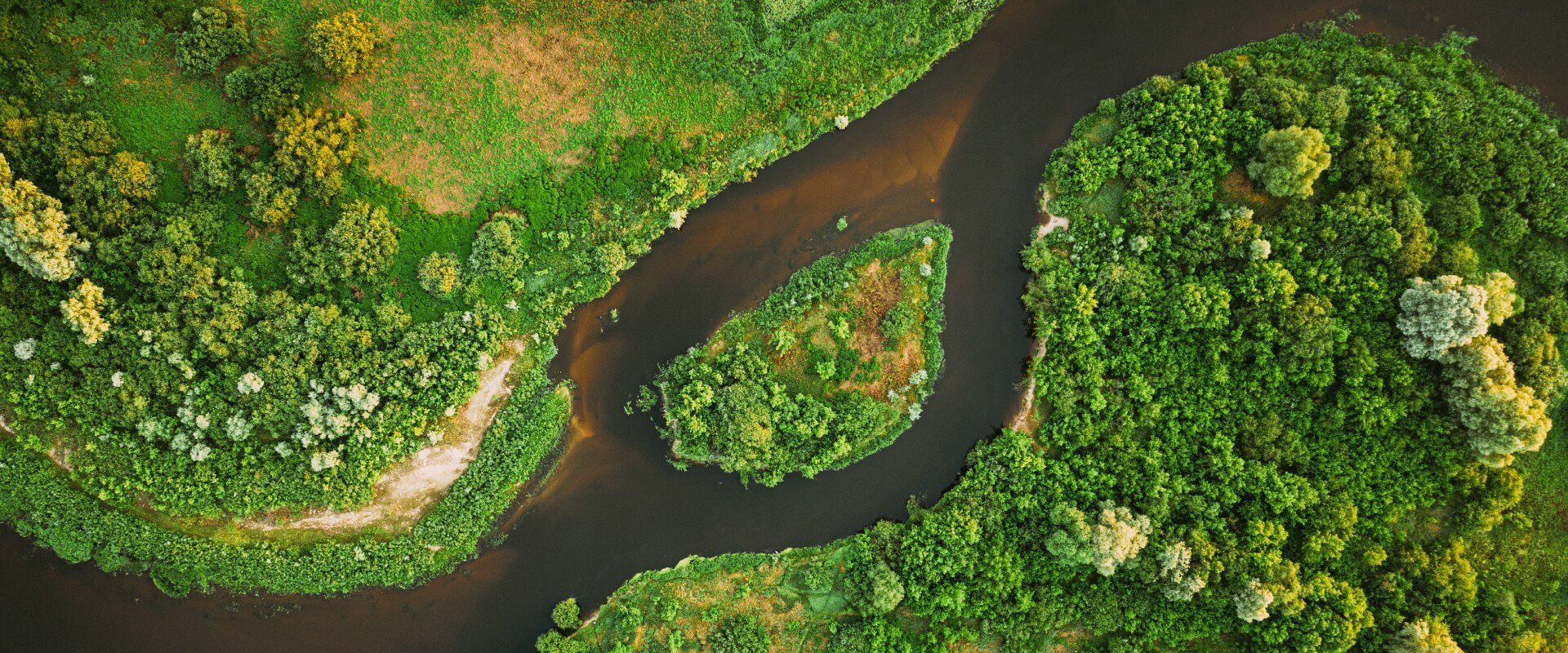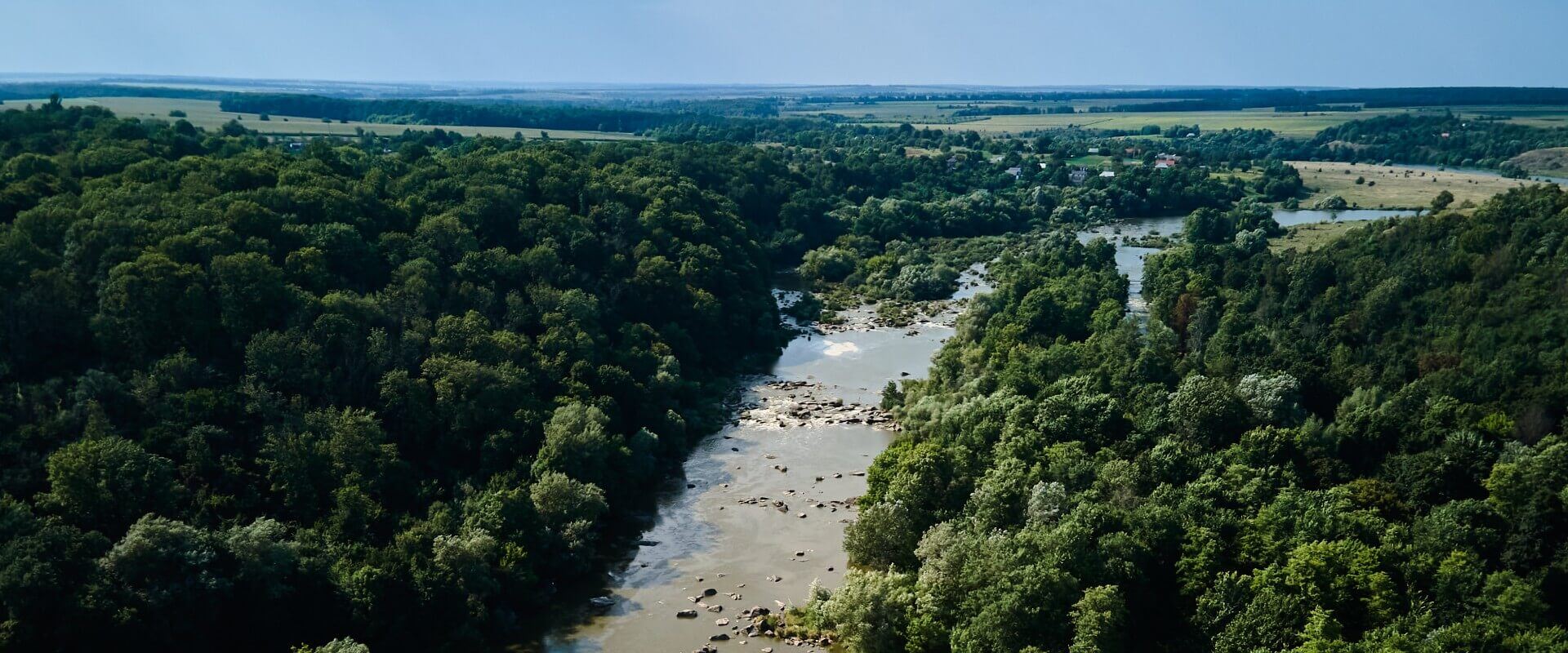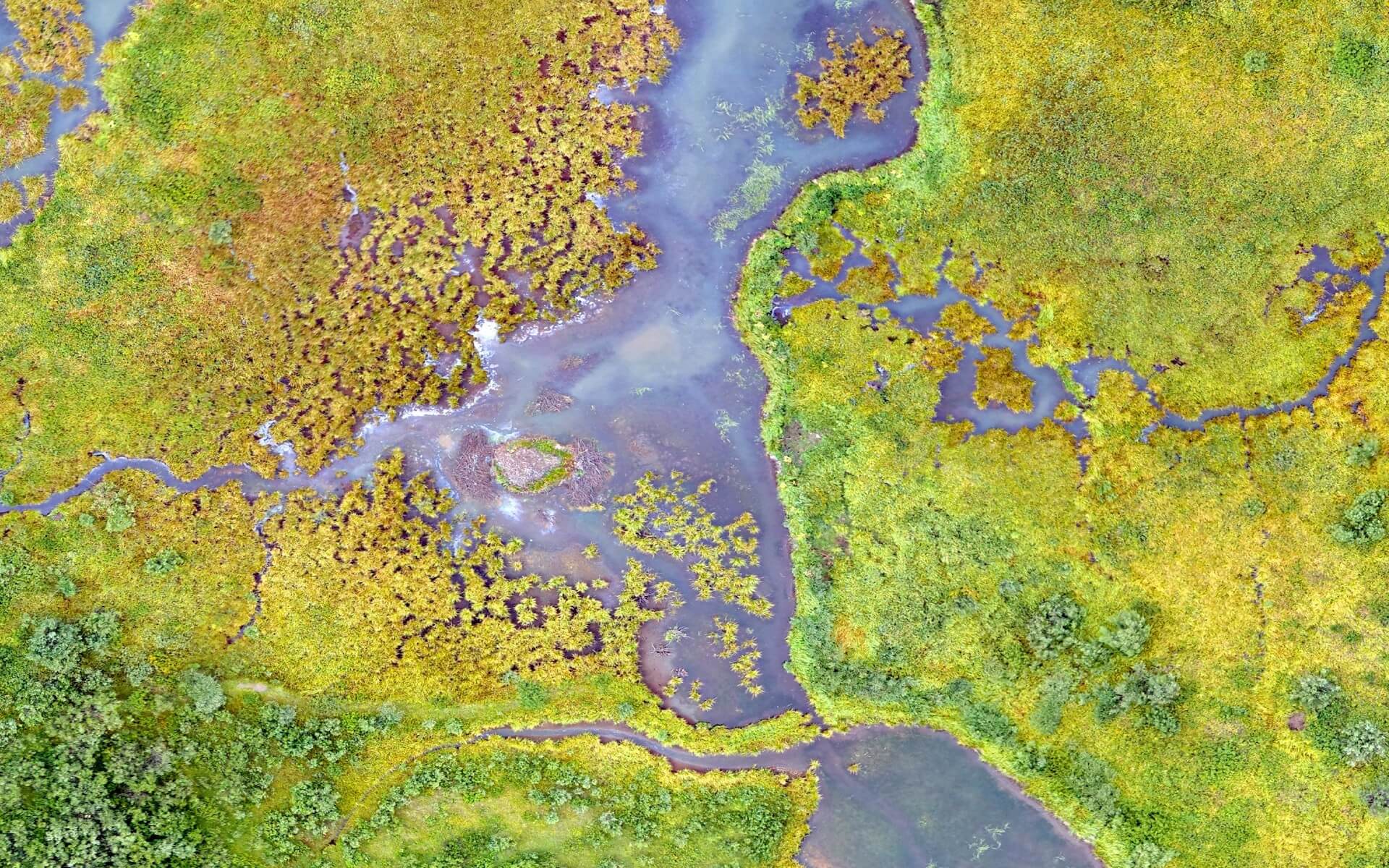High Falls Dam Removal
We are working to increase ecological diversity and outdoor recreation opportunities in North Carolina


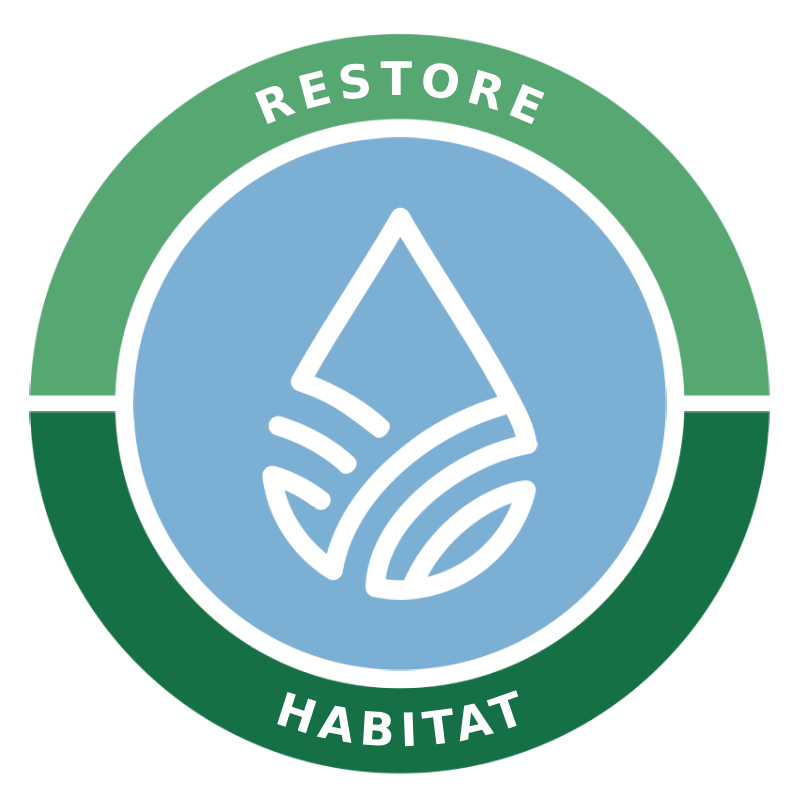
WE ARE RETURNING THE DEEP RIVER TO ITS NATURAL STATE
High Falls, located in northern Moore County near the town of Robbins NC, is the site of a low hazard, run-of-river hydroelectric dam that no longer produces electricity.
The dam artificially impounds the Deep River for about three miles upstream, blocks movement of fish and other aquatic wildlife, and prevents the river's natural flow. The opportunity to remove the dam came about in 2018 with an initial grant from the National Fish and Wildlife Foundation to increase and connect habitat for the Cape Fear Shiner, a federally endangered species of fish.
Today, multiple stakeholders are working to turn High Falls into a treasured public asset. Removing the dam at High Falls is the first and most critical step in this process.
3
Miles of River Restoration
2
Federally Endangered Species Supported
542
Miles of Upstream Aquatic Network Reconnected


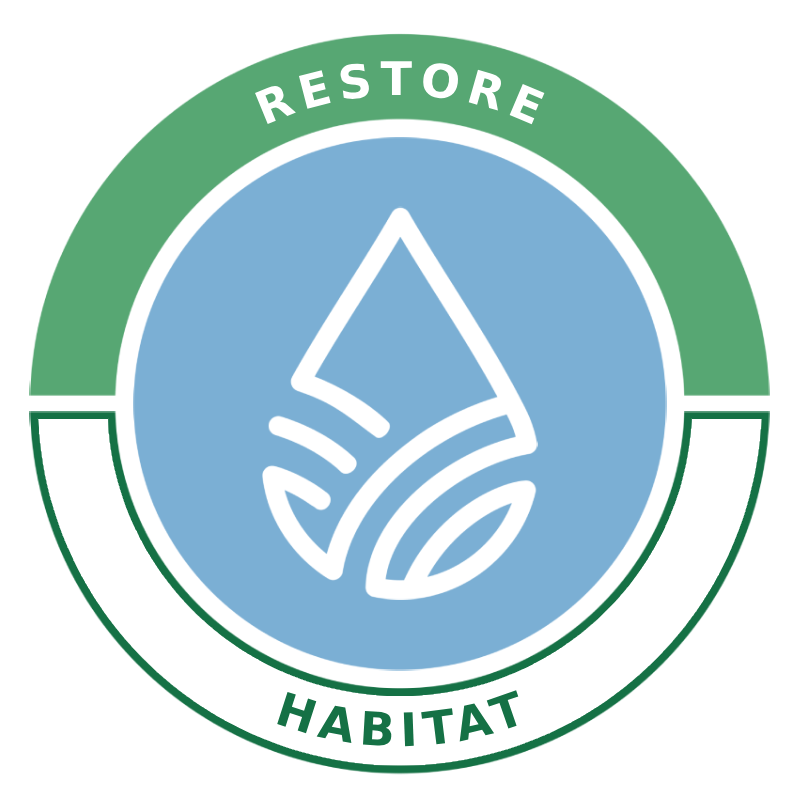
RESTORE
The removal of High Falls Dam will restore natural flow and lotic habitat for nearly three miles of the Deep River in North Carolina. This will enable natural river flow which allows sediment to move downstream naturally and supports downstream habitat and nutrient cycling. Native species will also be planted at the project site to help stabilize the streambank and reestablish a forest canopy.
Natural River Flow

Healthy Habitats

Sediment Transport

Native Species

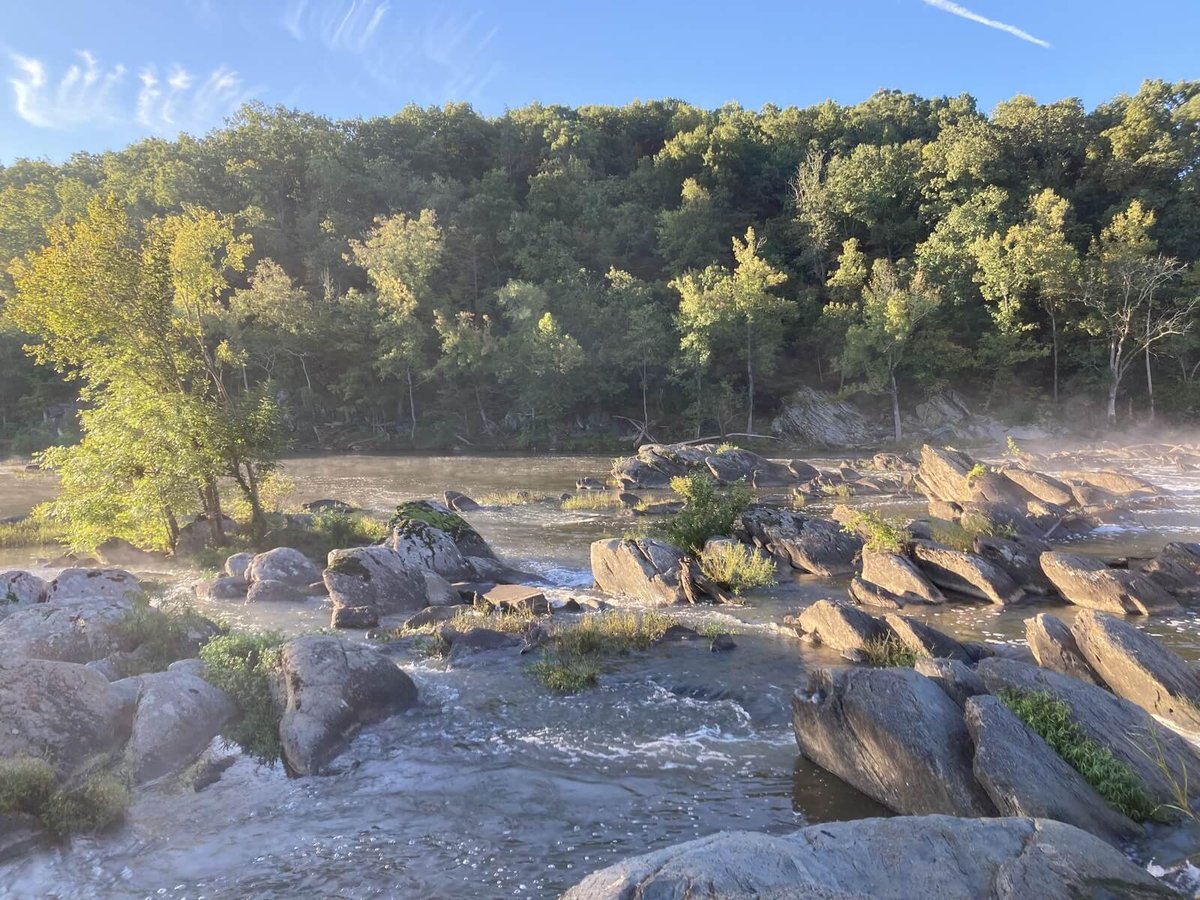
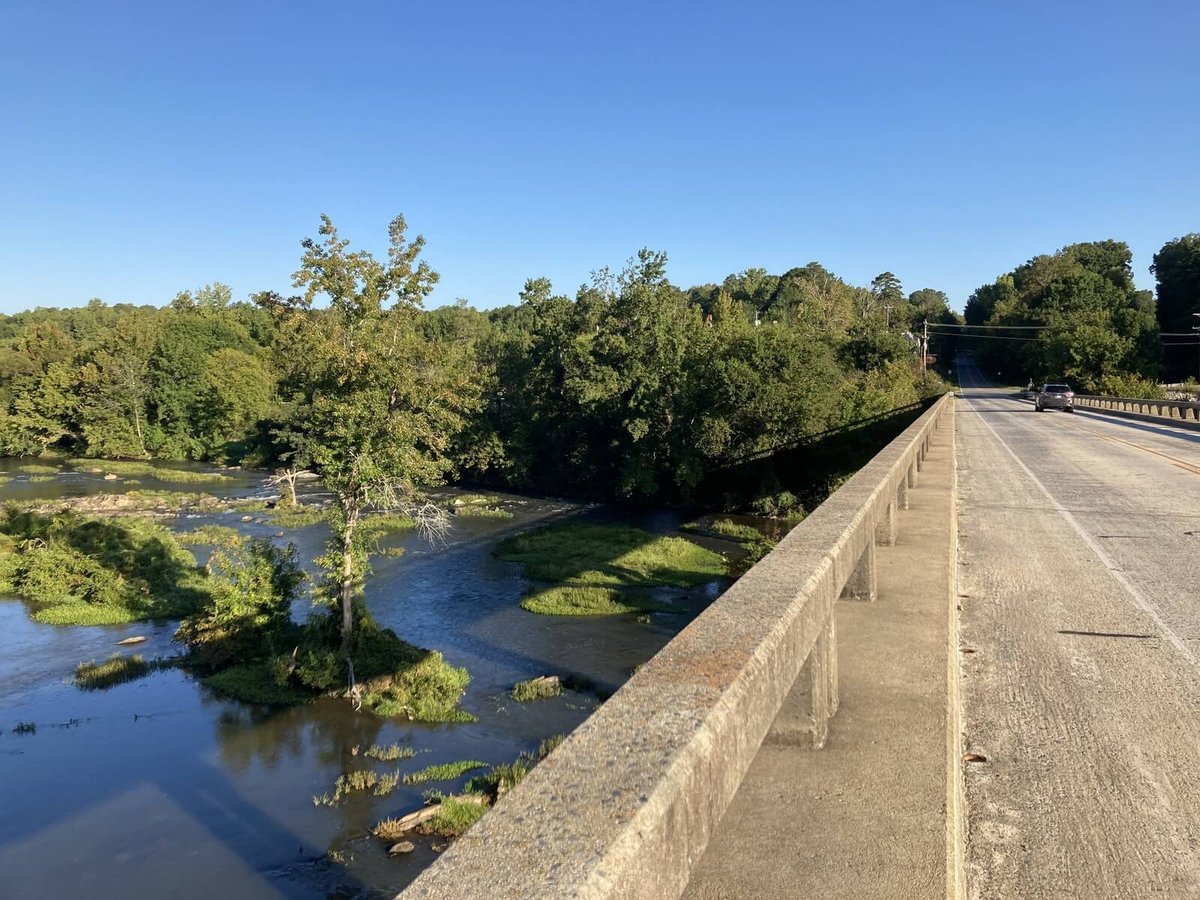

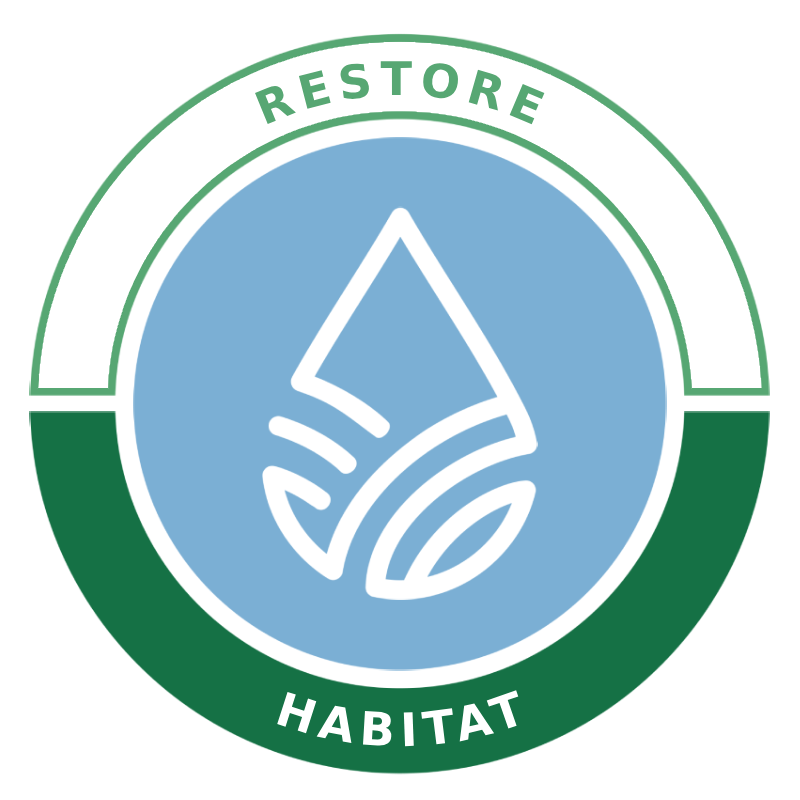
HABITAT
This project will restore and reconnect habitat for the federally-endangered Cape Fear Shiner and the federally-threatened Atlantic Pigtoe.
In addition, the restoration of the natural river flow and depth will expand habitat for numerous state-listed aquatic species.

Cape Fear Shiner

Atlantic Pigtoe


Project Gallery

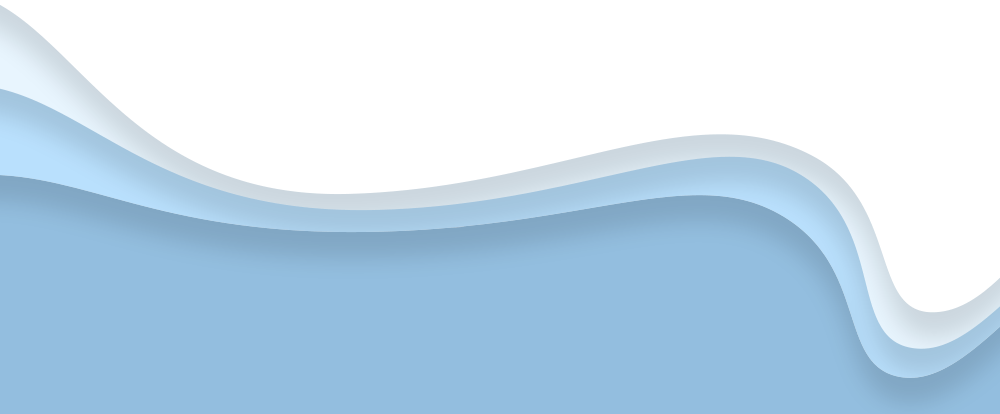
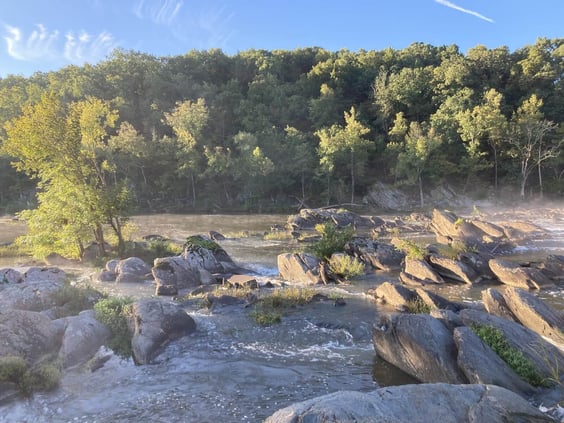 The High Falls Dam Removal Project
The High Falls Dam Removal Project
High Falls Dam is an 800-foot-wide run of river dam located on the Deep River in Moore County, NC. An old mill dam, it was eventually converted into a hydroelectric dam and produced power until 2018. During 2018, a grant from the National Fish and Wildlife Foundation was awarded to complete the environmental, engineering, and construction related components of dam removal. An extensive permitting and design phase is currently ongoing supporting future removal of the dam.
UP2S is currently working with local representatives, the NC Department of Wildlife Resources, the National Fish & Wildlife Foundation, and the US Fish and Wildlife Services to find a comprehensive solution for increasing both ecological diversity and potential local recreational access/opportunities.
The U.S. Fish & Wildlife Service designated sections of the Deep River upstream and downstream from High Falls Dam as Critical Habitat for the Cape Fear Shiner, a federally listed endangered species. The non-impounded sections of the Deep River exhibit high-quality riverine habitat that supports a diverse collection of aquatic species including the Cape Fear Shiner and other species of concern.
The dam represented a significant blockage to fish migration and as a result, USFWS has documented declines in the disconnected population upstream of the dam. Unique Places to Save understands that removal of the blockage created by the dam to provide access to these high-quality reaches is a substantial long-term benefit to these aquatic communities.
Project Partners
- US Fish and Wildlife Service
- National Fish and Wildlife Foundation
- North Carolina Wildlife Resources Commission
- American Rivers & Grant Team
- National Oceanic and Atmospheric Administration
The views and conclusions contained in this document are those of the authors and should not be interpreted as representing the opinions or policies of the U.S. Government or American Rivers and its funding sources. Mention of trade names or commercial products does not constitute their endorsement by the U.S. Government, or American Rivers or its funding sources.
Frequently Asked Questions
Is the High Falls Dam property publicly or privately owned?
The property is privately owned.What’s going to happen to the river after dam removal?
The natural, seasonal flow of the river will return through this reach of the Deep River. River flow tends to be higher in the late winter and early spring, and lower in the summer. Periodic high flows can be associated with hurricanes that typically occur in late summer and early fall as well.
No noticeable change will be apparent more than three (3) miles upstream of the dam and the further upstream of the dam, the less the change in water level there will be. Closer to the site of the dam, the change in water level will vary from minimal difference to fifteen feet depending on a variety of factors such as topography, sediment dispersion, and natural river flow.
Downstream of the dam, water levels will remain approximately the same and the channel of the river will narrow slightly.
Cape Fear Shiner were the original impetus for the project, but what about other fish and wildlife impacts?
The fish populations in the Deep River will be able to access riverine habitat currently unavailable to them now once the dam is removed. Fish populations located in the impounded waters behind the dam may shift towards species adapted to flowing (lotic) conditions.
Wildlife impacts were assessed by the project team and verified by US Fish and Wildlife Service and NC Wildlife Resources Agency staff, who identified potential impacts to wildlife species at the site. Consultation with the Service and Agency resulted in special conditions for the permit (Nationwide Permit 53) to minimize impacts to listed species including state-listed mussels that occur downstream of the dam.
How much sediment is trapped behind the dam, is it safe, and what happens to it?
According to engineering models, approximately 37,000 tons of material is trapped behind the dam, which is a relatively small amount given the age of the dam (over 100 years old) and how much sediment the river moves naturally.
Based on a Tier 1 Sediment Analysis, this material is not likely to be contaminated due to the larger grain size of the material, and lack of contaminants near the project site.
Approximately 20% of the material will likely be stabilized through planting and matting and help reestablish the floodplain. The remainder of the material will move downstream with the natural flow of the river and some of that material will deposit along river margins.
Where is the funding to remove the dam coming from?
Funding to remove the dam is coming from the National Fish and Wildlife Foundation, US Fish and Wildlife Service, and National Oceanic and Atmospheric Administration.
What is the vision for the site?
The goals for the site are river restoration and habitat connectivity for aquatic species through dam removal. A vision for public access is being explored and Unique Places to Save is reviewing options and seeking input for a public access plan from the public, our partners, and other stakeholders.
Would eminent domain be used to build a trail at the High Falls Site?
No. Eminent domain is not compatible with this project and will not be used to build a trail at this site.
Are mitigation credits being generated from the project?
No. Mitigation credit generation is not compatible with this project and no mitigation credits will be generated from this dam removal project.
Is the dam producing electricity?
No, the hydroelectric facility is not currently operating due to very substantial damage caused by Hurricane Florence in 2018.
Explore This Project
From the history of the site to a vision for the future, visit our High Falls Story Map to learn more about this project
